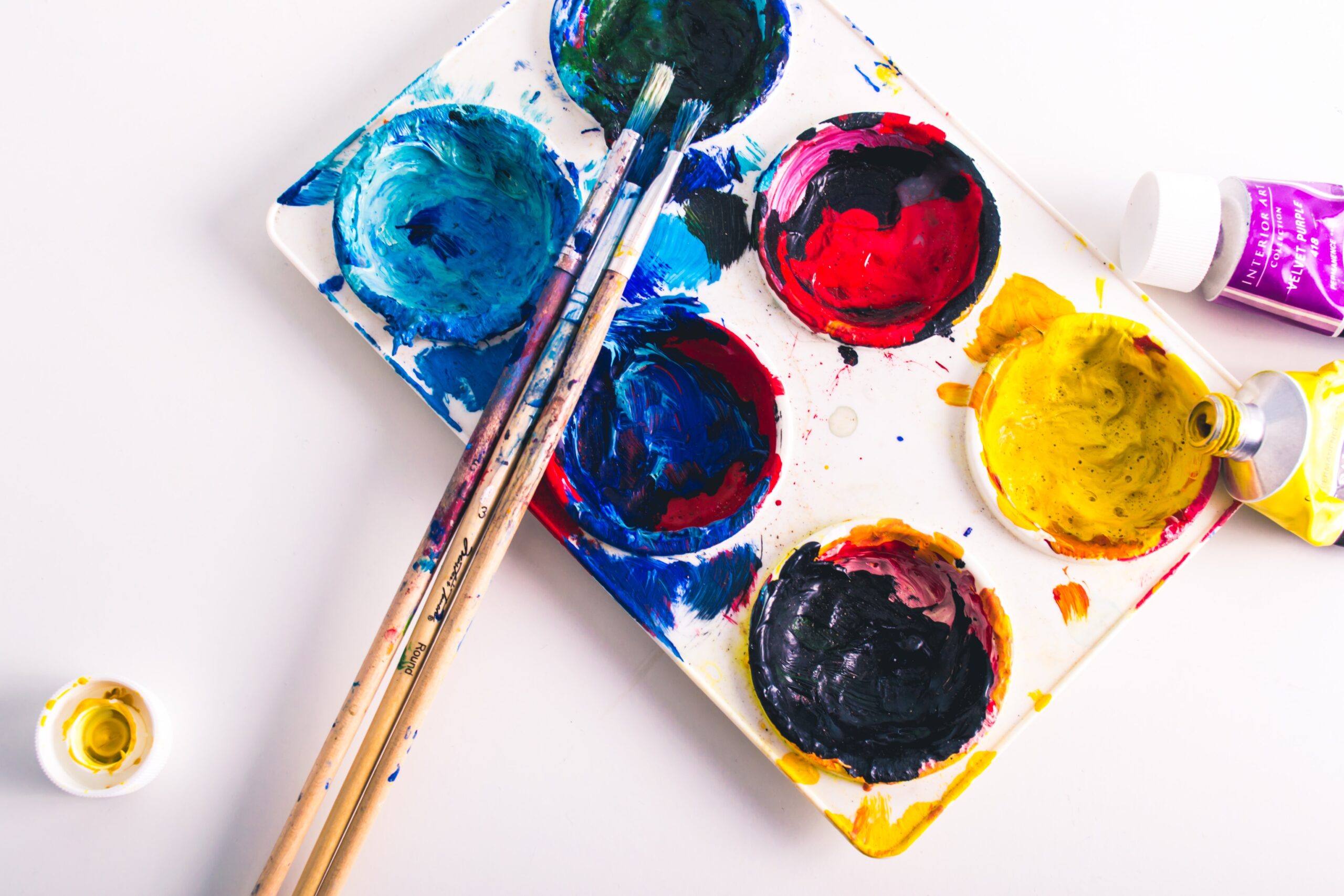
Painting has been a cornerstone of human expression for thousands of years. From the earliest cave paintings to the intricate works of contemporary artists, the history of painting reflects the evolution of cultures, technologies, and human thought. This article will explore the journey of painting, highlighting key moments, styles, and artists that have shaped this art form.
The Dawn of Creativity: Cave Paintings
The earliest known paintings date back to the prehistoric era, with the oldest examples found in caves across Europe, Africa, and Asia. These cave paintings, such as those in Lascaux, France, and Altamira, Spain, depict animals, hunting scenes, and rudimentary human figures. They offer insights into the lives and beliefs of early humans, revealing their connection to nature and their use of symbolism.
The Ancient World: Egyptian and Greco-Roman Art
As civilizations developed, so did their artistic expressions. In ancient Egypt, painting was used extensively in tombs and temples. Egyptian art was highly symbolic, with hieroglyphics and scenes depicting religious rituals, gods, and daily life. The Greco-Roman period brought a new focus on realism and the human form, as seen in frescoes and mosaics. Greek painters like Apelles and Zeuxis were renowned for their skill in creating lifelike images.
The Middle Ages: Religious Themes and Iconography
During the Middle Ages, painting was heavily influenced by the Christian Church. Religious iconography dominated the art scene, with paintings adorning the walls of cathedrals and monasteries. Byzantine art, known for its gold backgrounds and stylized figures, copias de cuadros con textura was prominent in the Eastern Roman Empire. In the West, the Gothic style emerged, with intricate details and an emphasis on storytelling through religious scenes.
The Renaissance: A Revival of Classical Ideals
The Renaissance, which began in Italy in the 14th century, marked a rebirth of classical ideals and a renewed interest in the human experience. Artists like Leonardo da Vinci, Michelangelo, and Raphael pushed the boundaries of painting with their mastery of anatomy, perspective, and emotion. The use of oil paint became more widespread, allowing for richer colors and greater detail. The Renaissance also saw the emergence of portraiture and secular themes.
The Baroque and Rococo Periods: Drama and Ornateness
Following the Renaissance, the Baroque period brought a sense of drama and movement to painting. Artists like Caravaggio and Rembrandt used chiaroscuro (strong contrasts of light and shadow) to create intense emotional scenes. The Rococo period, which followed, was characterized by its ornate and decorative style, with pastel colors and playful themes. Artists like Jean-Honoré Fragonard and François Boucher exemplified this lighter, more whimsical approach.
The Modern Era: Impressionism to Contemporary Art
The 19th century ushered in a wave of artistic experimentation. Impressionism, with artists like Claude Monet and Edgar Degas, broke from traditional techniques, focusing on capturing light and momentary impressions. This movement laid the groundwork for Post-Impressionism, with Vincent van Gogh and Paul Gauguin exploring color and emotion in new ways.
The 20th century was a time of radical innovation in painting. Movements like Cubism, led by Pablo Picasso and Georges Braque, deconstructed forms into geometric shapes. Surrealism, with artists like Salvador Dalí, delved into the subconscious and dream imagery. Abstract Expressionism, with figures like Jackson Pollock, emphasized the act of painting itself as a form of expression.
Contemporary Painting: A World of Diversity
In contemporary times, painting continues to evolve and diversify. Artists draw inspiration from a wide range of sources, blending traditional techniques with new media and technology. Street art and graffiti have become recognized as legitimate forms of artistic expression, with artists like Banksy gaining international acclaim. Social and political themes often take center stage, reflecting the complexities of the modern world.
Conclusion: The Timelessness of Painting
Painting remains a vibrant and dynamic art form, capable of capturing the essence of human experience. From the earliest cave paintings to the avant-garde works of today, each stroke of the brush tells a story, inviting viewers to explore new perspectives and connect with the past. As technology and society continue to evolve, painting will undoubtedly continue to adapt, ensuring its place as a timeless mode of artistic expression.